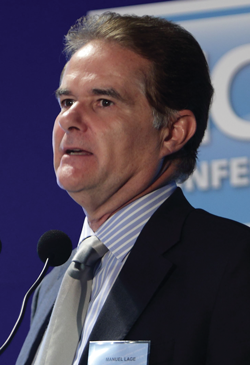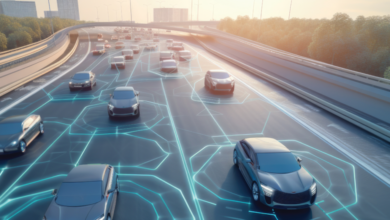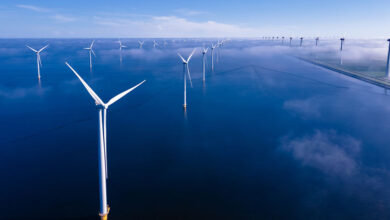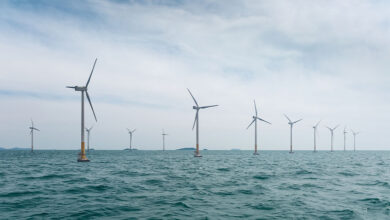NGVA’s Manuel Lage on natural gas vehicles
 General Manager of the Natural and bio Gas Vehicles Association (NGVA) Europe, Manuel Lage, talks to Stephen Dineen about the
General Manager of the Natural and bio Gas Vehicles Association (NGVA) Europe, Manuel Lage, talks to Stephen Dineen about the
roll-out of natural gas vehicles (NGVs).
In his spare time he is an historian of the car industry, and for Manuel Lage a new chapter in global transport is being written. Natural gas is becoming a mainstream alternative transport fuel. There are 1.4 million NGVs in Europe and over 13 million worldwide. In 2010 there was 6 per cent growth and the 2050 Eurogas Roadmap predicts NGVs will represent 9 per cent of the passenger car market and 33 per cent of freight by 2050. The vehicles have cheaper fuel costs, lower emissions and lower noise levels than diesel vehicles.
NGVs have a bright future in Europe, according to Lage, who addressed Ireland’s first NGV conference. “Firstly, because it is an alternative to oil,” Lage explains, adding that “geographically and geopolitically it’s a different source and that counts very much.” Secondly, it is “very interesting from the point of view of emissions.” NGVs (cars, trucks and buses) are already in compliance with Euro 6 transport emission standards. On the other hand, investment in diesel engine technology will be needed to ensure its compliance. LNG fuel consumption cost per kilometre compared with diesel “could be as low as half,” he claims.
The emissions differences between diesel and NGVs must be seized, Lage believes to “concentrate this advantage where it is more needed: in the cities.” NGVs are currently most prevalent in urban transport. According to the NGVA, 9,000 out of 70,000 urban buses in main European cities are compressed natural gas (CNG) vehicles. Of the 20,000 rubbish trucks, 15 per cent are CNG.
Biogass, derived from waste, also represents an opportunity for NGVs, he contends. It is a renewable source of fuel, with lower carbon dioxide and other pollutant emissions levels. Unlike ethanol-petrol and biodiesel-diesel blending, bio-methane and gas can be mixed easily because they are both methane.
“It’s easy to talk about the different alternative fuels like hydrogen, electric [and] biofuel,” he adds, “but, in the end, the only real tangible thing ready to go now is natural gas.” He also believes a methane-hydrogen mixture can be a bridge solution for future hydrogen-fuelled transport.
For Lage, the swift increase in NGV popularity in countries like Iran and Argentina is explained by different motives. In Argentina it was a matter of economics. Gas was much cheaper than petrol. “Then they went to a big conversion of the running fleet and you can go anywhere in Argentina with gas because of the availability of infrastructure.” For Iran, one of the “big developers”, it was strategic. It produces oil and gas and decided to export its oil and use its gas domestically. Thirteen per cent of Iran’s running fleet uses CNG. Similarly: “If you go to countries like Indonesia, Thailand, even Australia, they have all the oil imported and [a] big production of gas.”
The NGVA wants to see LNGs becoming more mainstream for long-distance transport. Refuelling stations are needed, however, to guarantee fuel availability for long routes. The association is developing a ‘blue corridor’ proposal, which is designed to “put in all of Europe a minimum number of LNG stations.”
“For one truck leaving the south of Spain and going to Denmark it will need no more than two or three filling stations in all the routes,” says Lage. He says the NGVA will present the plan to the Commission (which will fund it) at the beginning of March and expects to have it approved this year, with implementation in 2013.
While Ireland is “going to start from scratch” with NGVs, Lage believes this is a “good starting point” because the best experiences of other European countries can be taken on board. “This is very interesting and will guarantee success,” he tells eolas.





